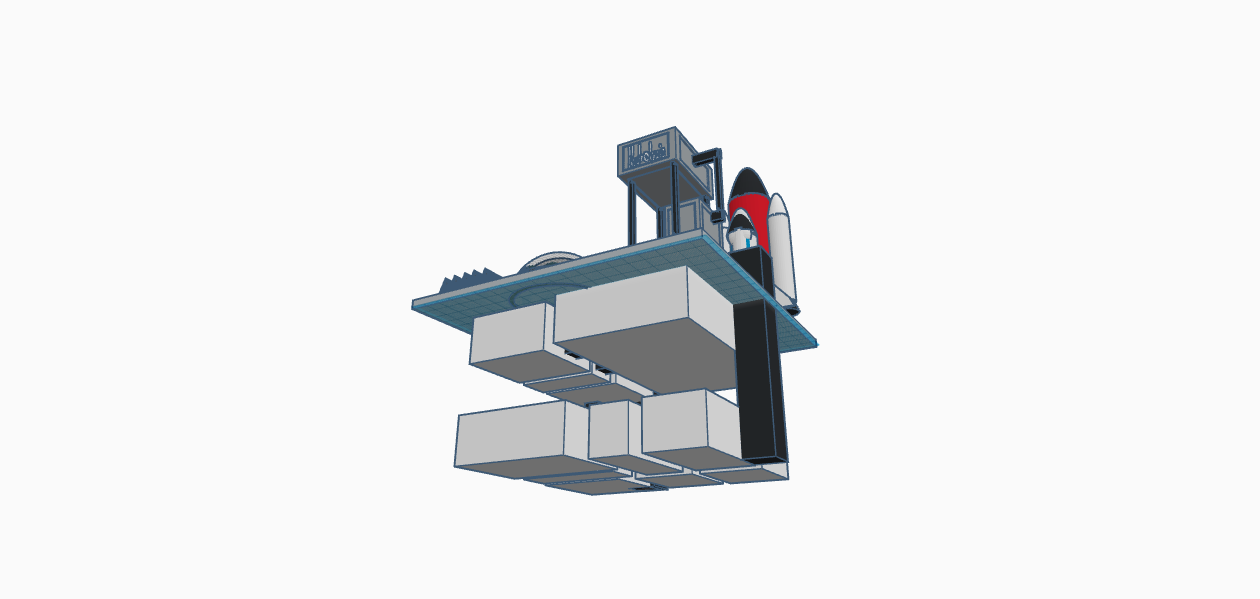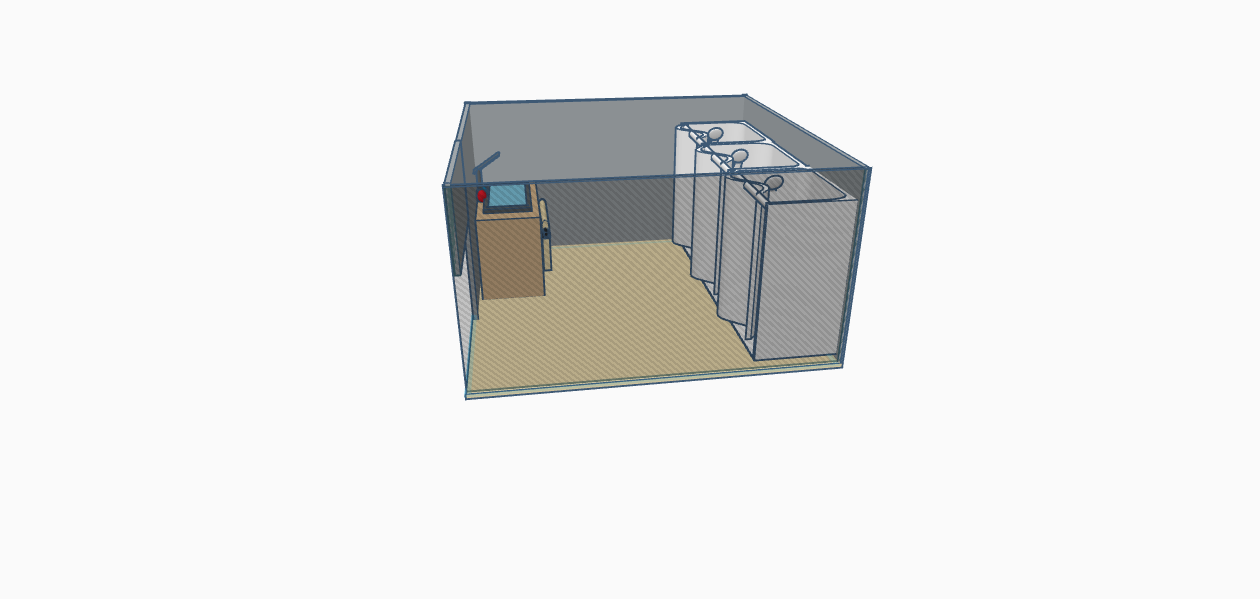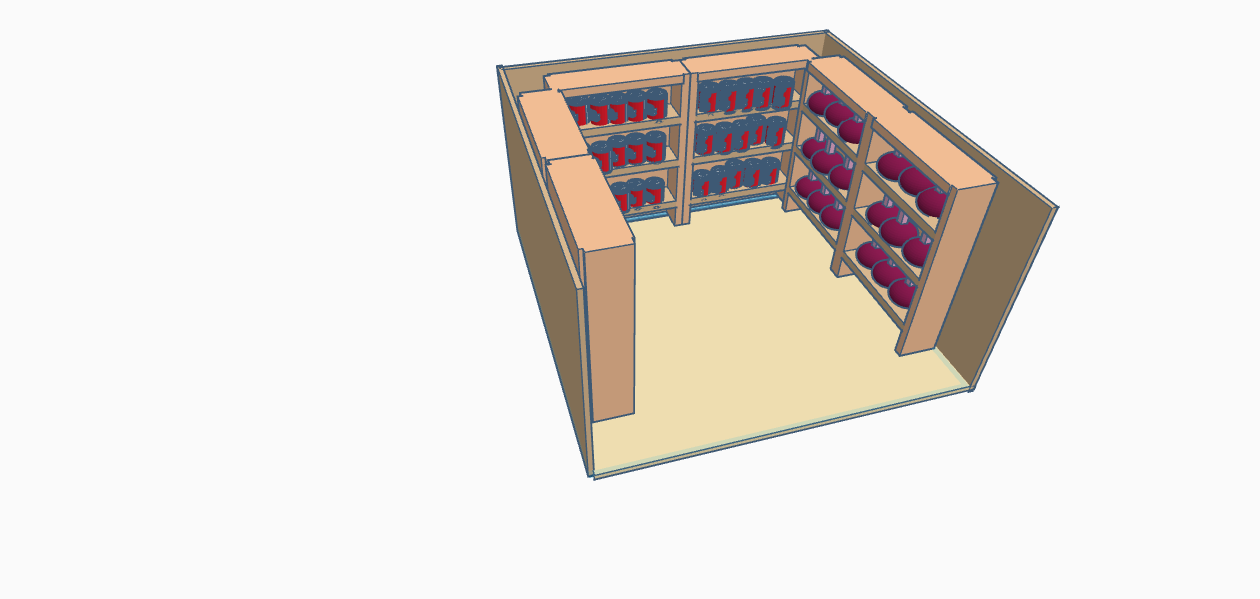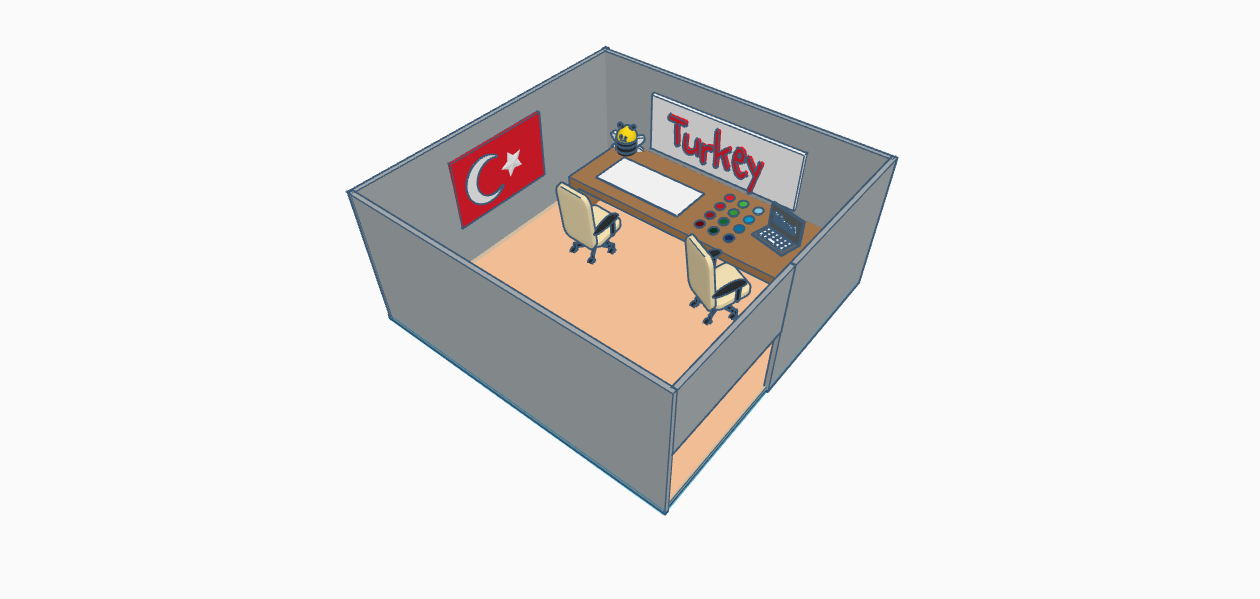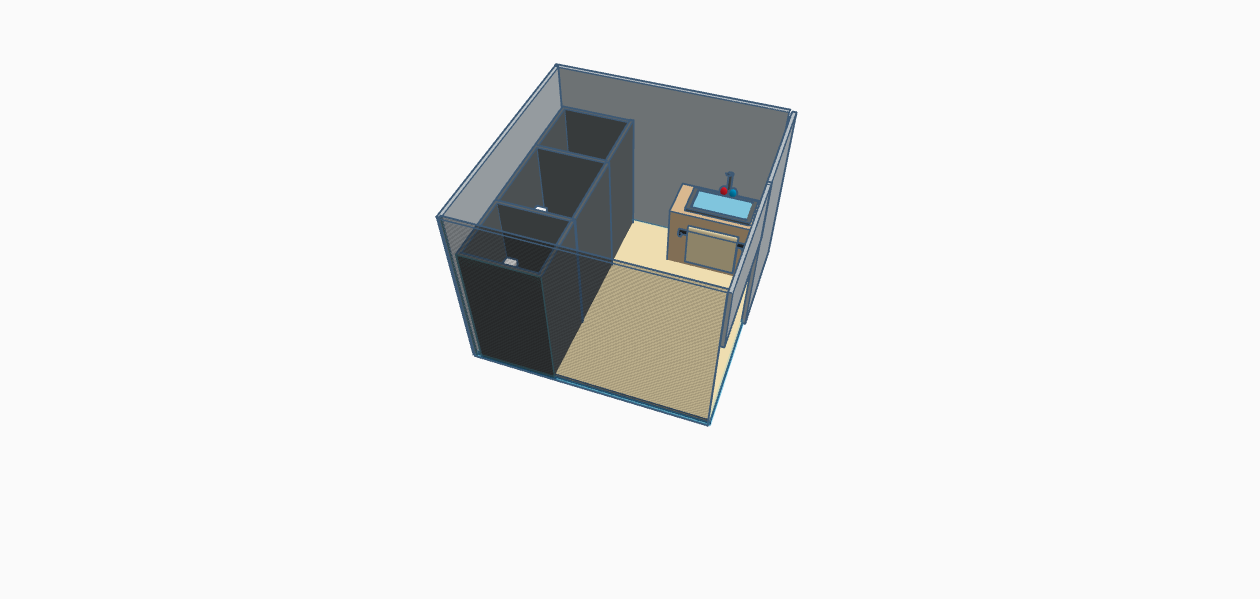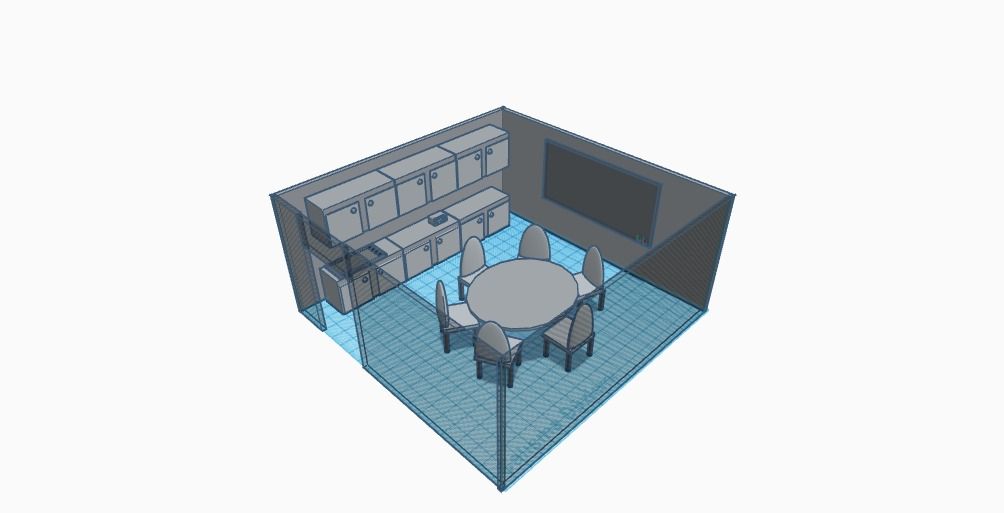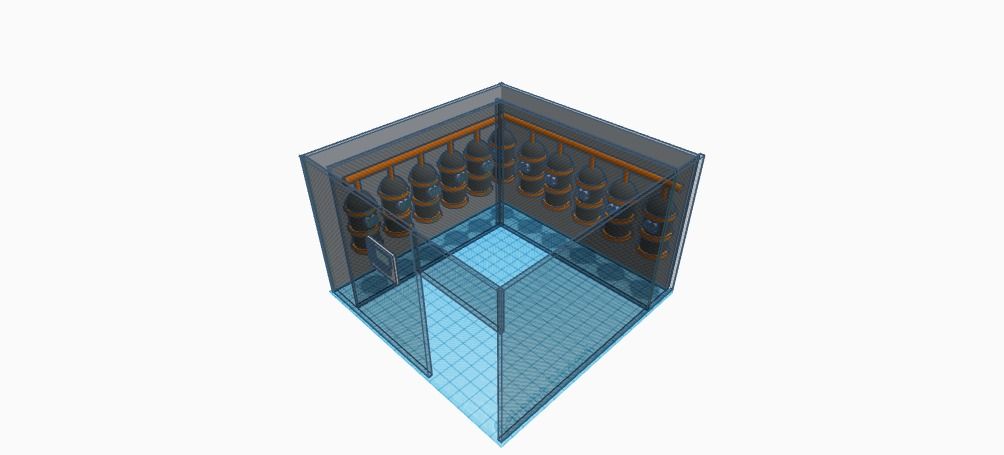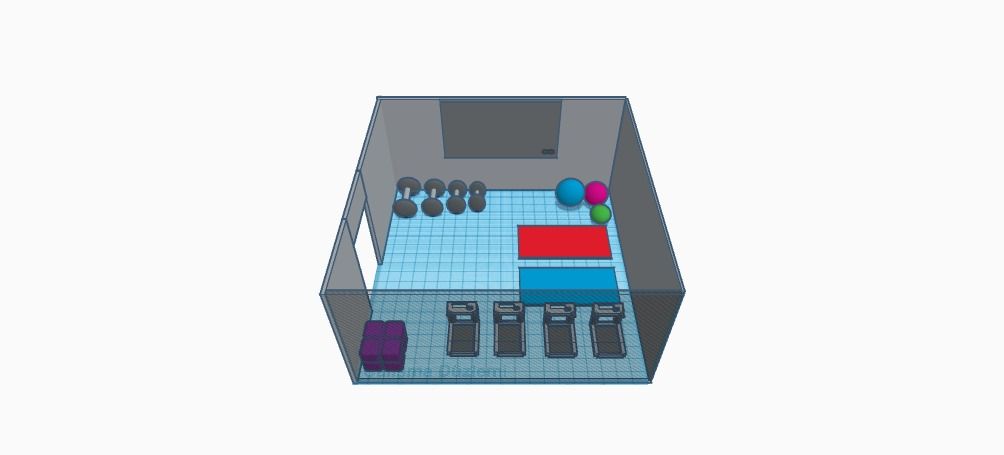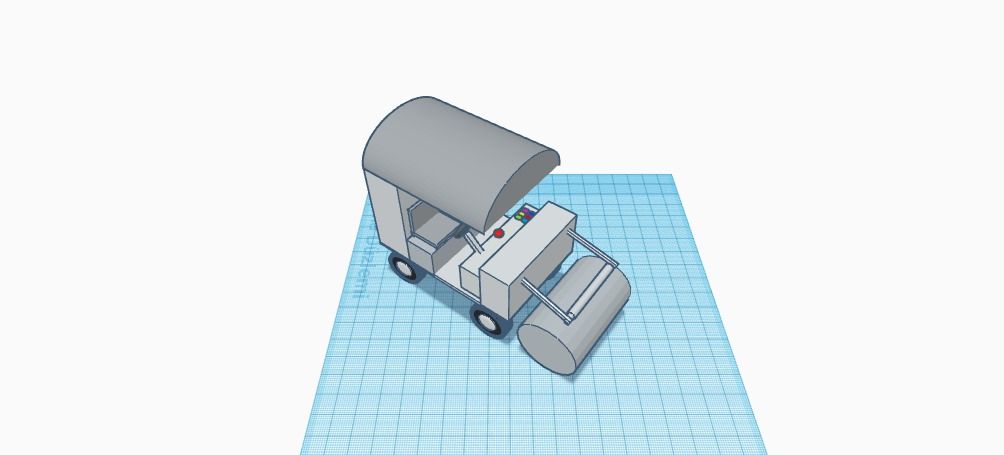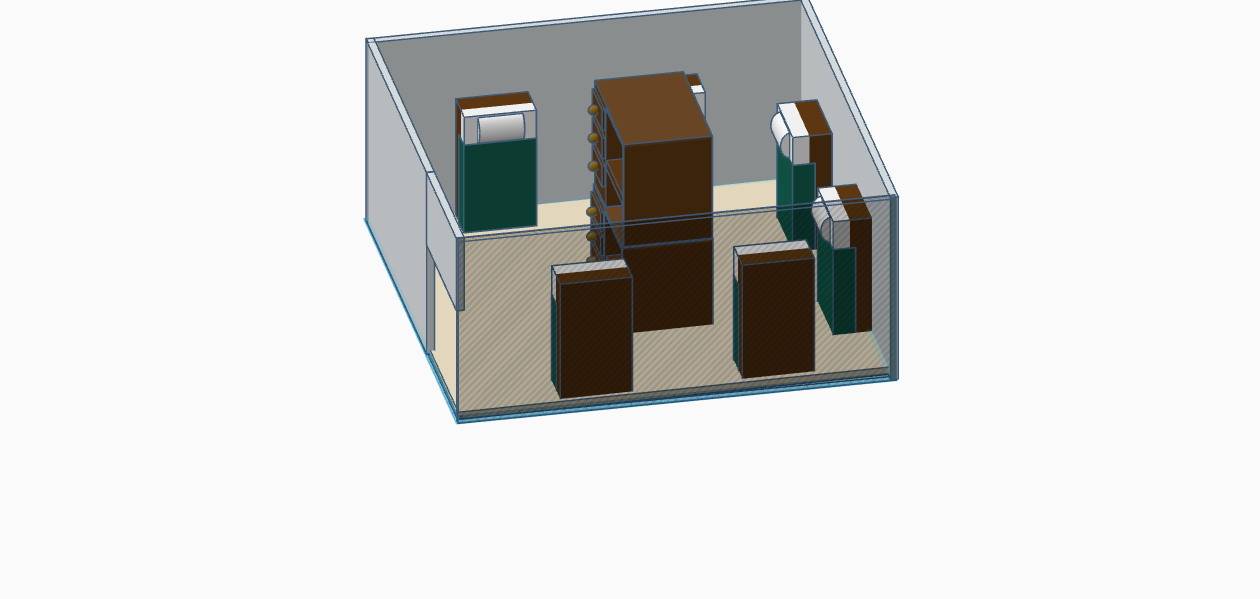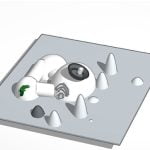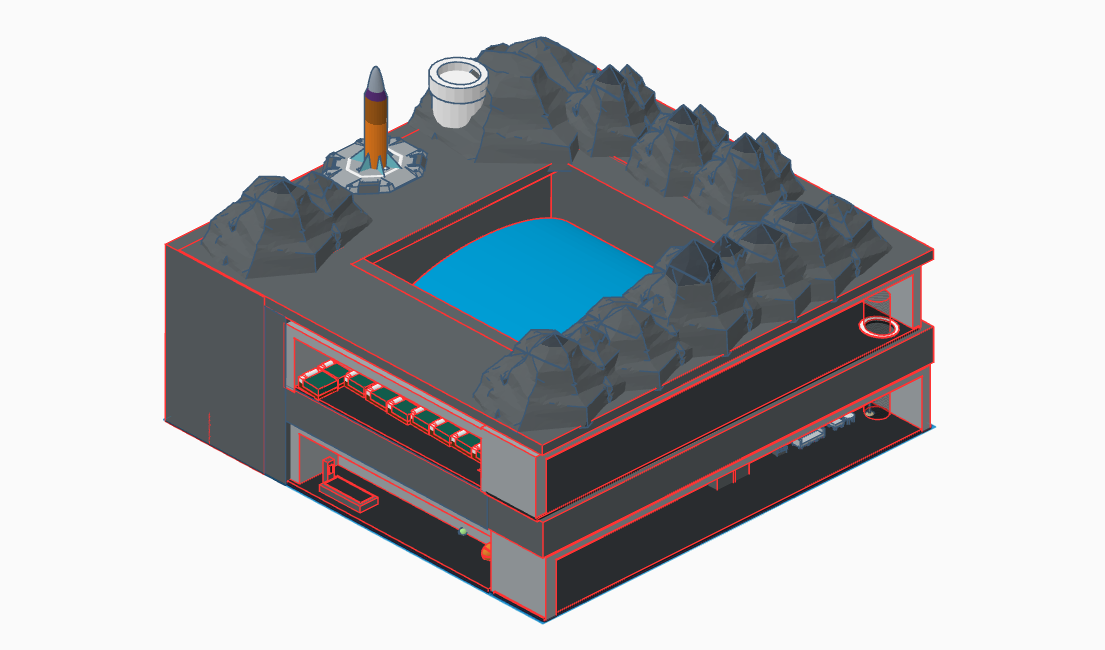Moon Camp Explorers Gallery 2021-2022
In Moon Camp Explorers each team’s mission is to 3D design a complete Moon Camp using Tinkercad. They also have to explain how they will use local resources, protect astronauts from the dangerous of space and describe the living and working facilities.
Team: Huydi
Kusadasi Makbule Hasan Ucar Anatolian High School Aydin Turkey 14 3 / 3
External link for 3d
|
Project description
Our base has a lab, kitchen, electricity/water/oxygen control rooms, game room, bedroom and other necessary rooms. The crew will consist of 6 people, a chemist, biologist, mechanic, IT specialist, astronomer and a geologist. They will be replaced after 6 months. Since keeping the crew safe is one of the main goals, the whole base (except for the solar panels and greenhouse) is underground, covered by a 1-meter-thick layer of regolith. |
||||
|
Where do you want to build your Moon Camp?
Shackleton crater Why did you choose this location?
It is quite close to the south pole, which means the weather isn’t too extreme there. Another reason is the discovery of ice in that area. Also, the solar panels would be exposed to sunlight almost all the time. How do you plan to build your Mooncamp? Which materials will you use?
The first stages of the building would be controlled from Earth, and done by robots. This would take around 15-20 years. The walls would be filled with regolith on the inside as well. The reason for that is the fact that it is abundant in chemicals like aluminum, titanium, silicon, oxygen etc. |
||||
|
Water
|
Food
|
Electricity
|
Air
|
Protection
|
|
The water will be obtained from the ice, and stored as oxygen and hydrogen. The water that is used will go through a filter and be reused. |
The greenhouse has fast growing vegetables, which will prevent the base from depending on Earth for food. The greenhouse has algae, which grows fast and produces oxygen. Also, there will be canned food from Earth as backup that is replaced every month. |
The solar panels will power the whole base for most of the time. For moon nights and outages, there will be high-capacity batteries that store solar energy. |
Oxygen is from wastewater and algae. Nitrogen is from dying plants and organic waste. Lastly, carbon dioxide is from plants. |
The base is under a 1-meter-thick layer of regolith, which provides protection against meteors, radiation and extreme weather. All of the rooms are connected too, which will make it easier for the astronauts to gather up in the case of an emergency. |
|
Describe a day on the Moon for one of your Moon Camp astronauts
07.00-07.30 wake up/prepare 07.30-08.00 breakfast 08.00-08.30 exercise 08.30-09.00 morning hygiene 09.00-12.00 work 12.00-14.00 lunch and rest 14.00-17.00 work 17.00-18.00 rest 18.00-18.30 dinner 18.30-19.00 exercise 19.00-19.30 evening hygiene 19.30-21.00 free time 21.00-21.45 communicate with Earth 21.45-22.00 prepare/go to sleep |
||||


